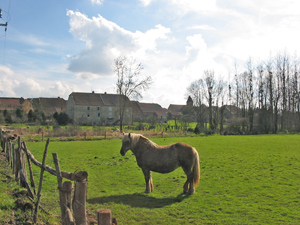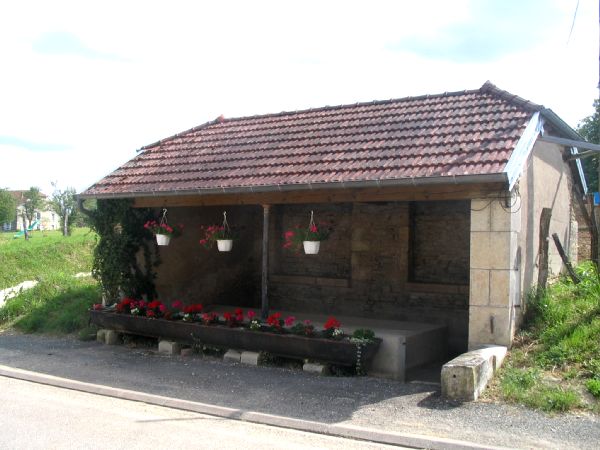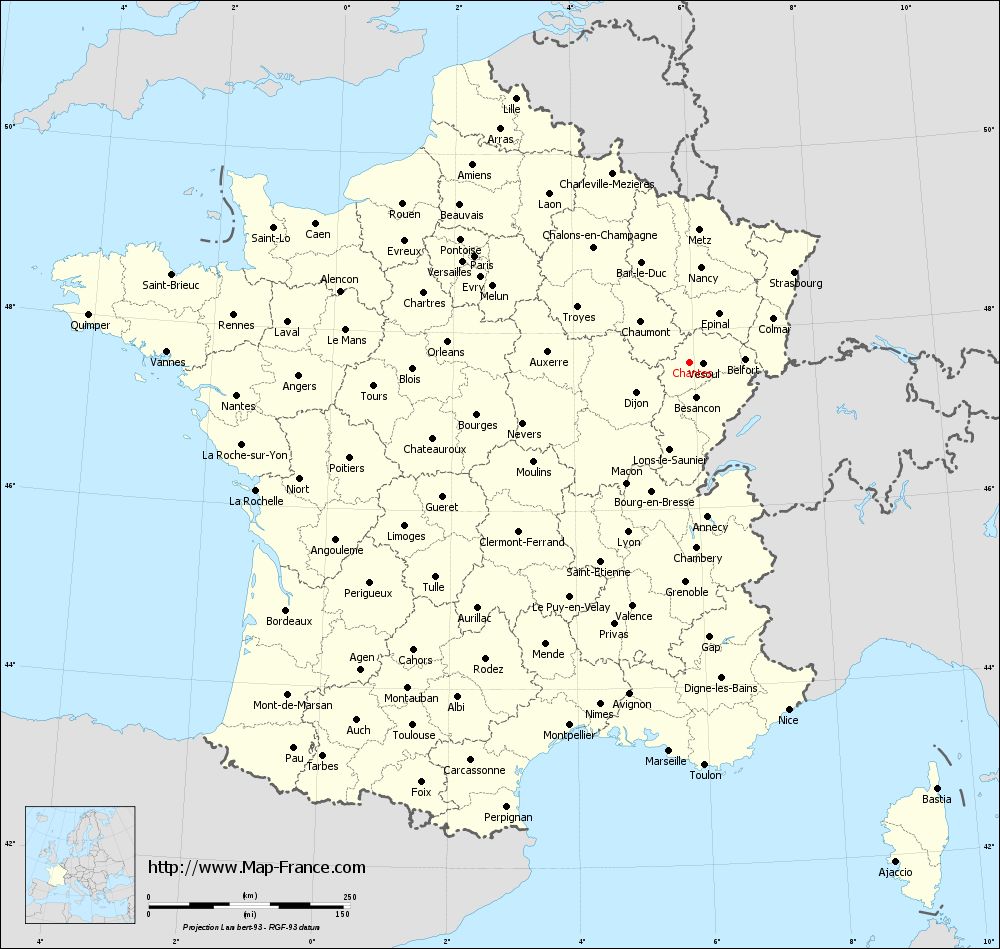Chantes
Chante is a commune in Haute -Saône in the Franche -Comté.
Geography
Chantes situated at an altitude of 210 m above sea level, 5 km south-west of Scey -sur -Saône -et -Saint -Albin and about 16 km west of Vesoul (air line). The village is located in the central part of the department, a slight increase on the southern edge of the Saône Talniederung that draws a wide arc to the north of here, across from Rupt -sur -Saône.
The area of 6.57 km ² municipal area includes a portion of the middle Saône Valley. The area is bordered in the east, north and west of the Saône River, which forms a large loop here. It flows through a wide Alluvialniederung. The flood plain is on average 202 m and has a width of about two kilometers wide. The river is expanded to the waterway, the loops are cut through side channels. The banks are therefore largely preserved in near-natural state in the range of Chantes, and the Saône forms in several places small islands.
From the plateau south of the Saônetals a spur projecting out into the river bend. It consists of an alternation of calcareous and sandy- marly sediments of the upper Jurassic period. The fertile soils of the valley and the plateau are mainly used for agricultural purposes. To the south, the municipality's area extends into the extensive grove of Bois de l' Abbé. With 262 m find the highest mountains of Chantes is achieved.
Neighboring communities of Chantes are Rupt -sur -Saône in the north, Ovanches in the east, Traves and Soing - Cubry - Charentenay in the south and Fédry in the West.
History
In the Middle Ages Chantes belonged to the Free County of Burgundy and in the territory of the Bailliage d' amont. The local government had held the Lords of Rupt. Southwest of the village left the Maltese build a Coming, which at the time was one of the most beautiful of the Order (today the building is used as an agricultural operation). Together with the Franche -Comté Chantes came with the Peace of Nijmegen in 1678 definitively to France. Today Chantes is a member of the 22 localities comprehensive community association Communauté de communes des Combes.
Attractions
The village church of Chantes was built in the 18th century on the site of an earlier temple, of which the Gothic choir is still preserved. For its remarkable interiors include two statues of Saint Pantaleon, paintings from the 18th century and a baptismal font from the 16th century.
Population
With 127 inhabitants (1 January 2011 ) is one of the smallest municipalities Chantes of the Haute- Saône. After the population had decreased significantly in the first half of the 20th century (1886 279 persons were still counted ), only small fluctuations were recorded since the mid- 1970s.
Economy and infrastructure
Chantes was until well into the 20th century a predominantly by agriculture (crops, orchards and livestock ) and fisheries embossed village. Outside of the primary sector, there are very few jobs in town. In recent decades the village has been transformed into a residential community. Many workers are therefore commuters who engage in the larger towns in the vicinity of their work.
The village is situated away from the larger passage axes on a secondary road that leads from Rupt -sur- Saône to Soing. Another road connection with Traves.
Aroz | Baignes | Bourguignon- lès -la- Charité | Boursières | Bucey -lès- Traves | Chantes | Chassey -lès- Scey | Chemilly | Clans | Ferrieres -les- Scey | Grandvelle -et -le- Perrenot | Lieffrans | Mailley - et- Chazelot | Neuvelle -lès -la- Charité | Noidans -le- Ferroux | Ovanches | Pontcey | Raze | Rosey | Rupt -sur -Saône | Scey -sur -Saône -et -Saint -Albin | Traves | Velleguindry -et- Levrecey | Velle -le- Châtel | Vy- le- Ferroux | Vy- lès- Rupt
- Commune in the department of Haute- Saône
- Place in Franche -Comté







_-_2.jpg/220px-Keshia_Chant%2525C3%2525A9_(2010)_-_2.jpg)

_-_15.jpg)
